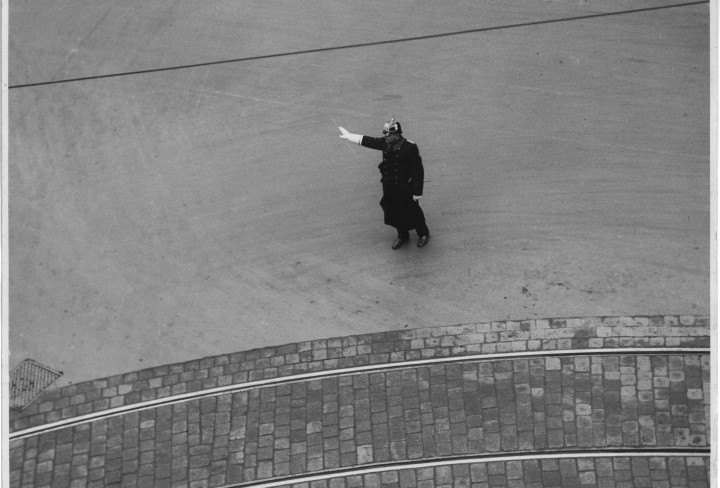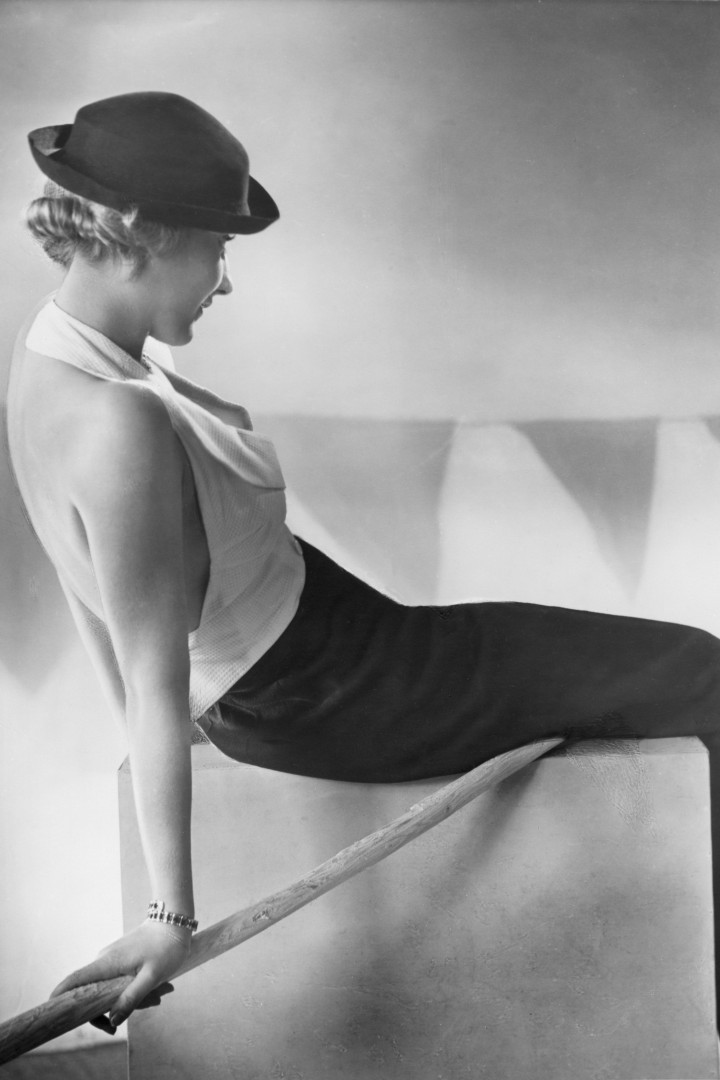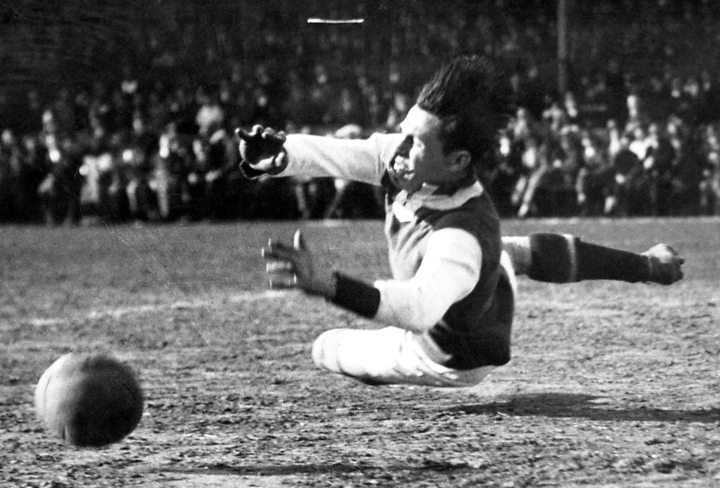

Photo: Else Seifert,Trompe-l’oil, ca 1930 © Else Seifert and Deutsche Fotothek Dresden
The eventful years between 1918 and 1933 were decisive for the history of the 20th century in Germany, both positively and negatively: 14 years full of contrasts in politics, society, art and technology. Photography shaped and showed the face of this epoch like hardly any other medium. Starting on January 25, the exhibition "Photography in the Weimar Republic" in the Peter-Behrens-Bau takes a look at this turbulent time

The democratic constitution of the Weimar Republic was contested and endangered throughout its short existence. However, the economic and social problems caused by the war were great. In addition, there were attempted coups and bitter street fights between the opposing parties combined with a large number of political murders. There was an extreme housing shortage in the cities, and starving people were a common sight on the streets. The situation became even worse during the global economic crisis that began in 1929.
Photo: Martin Munkacsi Der kategorische Imperativ, um 1929 Sammlung F.C. Gundlach © The Martin Munkacsi Estate

The professional image of the photographer changed radically during the Weimar Republic. Increasingly, the photo reports in the major illustrated magazines were no longer compiled from the photographic material of various - often foreign - agencies, but were presented as reportages by named photographers. Photobooks attracted a great deal of attention. Some photographers became stars.
The period of the Weimar Republic was characterized by extensive social changes; the classic role models and role models from the time of the German Empire no longer applied. The completely new understanding of the role of the working, self-determined woman, especially in the urban environment, radically changed fashion from season to season. With the beginning of the 1920s, an almost exuberant attitude to life emerged, especially in Berlin, which was also expressed in new dance styles, mostly adopted from the USA. People enthusiastically threw themselves into dance events, nightclubs and the many new variety shows and theaters. Technical innovations accelerated social change. "Electricity for every appliance" was the motto. More and more powerful automobiles were built. The will to create something new and to shape the departure from the former empire to a democratic republic also shaped the architecture of the Weimar Republic.
Photo: Yva (Else Neuländer-Simon) Strandmode, Berlin um 1932 © Stiftung F.C. Gundlach

Progress and change were naturally reflected in the photography of the time. The main focus of photographers was on expressing the character and nature of a person. In the search for a new image of man, for a new landscape of the face, portrait photography in the Weimar Republic was more eager to experiment than ever before. Unfamiliar views or the view from below and above were used, spontaneity became important, the capture of a fleeting movement, as well as new poses and rather playfully used accessories. At the beginning of the 1920s, New Objectivity photography turned to the sober depiction of the visible world in clear pictorial concepts. The innovative visual language of photography of the Weimar Republic, on the borderline between documentary photography and art, continues to influence the visual media to this day. The view of the working man also moved into focus. The image culture of the Weimar Republic was lastingly shaped by workers' photography. Social reports from the hitherto completely ignored world of workers and the world of the unemployed became a topic of the illustrated press.
Photo: Martin Munkacsi, Der Torwart greift nach dem Ball, Berlin Ende der 1920er Jahre / Sammlung F.C. Gundlach © The Martin Munkacsi Estate
The temporary exhibition "Photography in the Weimar Republic" is a transfer from the LVR-LandesMuseum Bonn. In around 350 photographs, the exhibition takes a look at this turbulent period. Original photographs, supplemented by books, magazines, newspapers and postcards can be discovered in the exhibition in ten themed rooms. The exhibition is structured as a tour. Terms, events and people marked with an asterisk* in the exhibition texts are explained in more detail in the accompanying booklet, which is available free of charge in the exhibition.
A cooperation project of the LVR-LandesMuseum Bonn, the F.C. Gundlach Foundation Hamburg and the Deutsche Fotothek Dresden with the support of ullstein bild collection Berlin.
Duration:
25.1.2022 – 29.5.2022
LVR-Industriemuseum
Peter-Behrens-Bau
Essener Straße 80
46047 Oberhausen